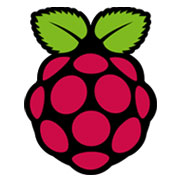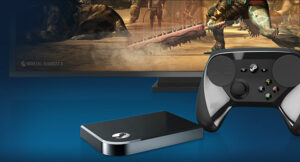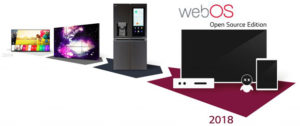
Raspberry Pi turned 5 years old on Tuesday, and to mark the occasion, the foundation announced a new member of the family, the Raspberry Pi Zero W, and a case to go with it.
Raspberry Pi Zero W adds wireless LAN and Bluetooth capabilities to tiny computer’s growing list of capabilities. Priced at just US$10, the device is affordable for anyone who wants to take the Pi for a test drive.
“We imagine you’ll find all sorts of uses for the Zero W,” said Raspberry PI founder Eben Upton.”It makes a better general purpose computer because you’re less likely to need a hub.”
Up From the Basics
The Raspberry Pi Zero launched in November 2015 at a price point of $5 — five times less than the original model A. It later got a camera connector and USB ports for a keyboard, mouse and network adapter.
The Zero W uses the same Cypress CYW43438 chip as the Raspberry Pi 3 Model B in order to provide 802.11n wireless LAN and Bluetooth 4.0 capabilities, Upton noted.
It also has a 1-GHz single core CPU, 512 MB of RAM, a mini HDMI port, a micro USB On-The-Go port, Micro USB power, a HAT-compatible 40 pin header, composite video and reset headers, and a CSI camera connector.
The Raspberry Pi Foundation collaborated with Kinneir Dufort and T Zero on an official injection molded case featuring three interchangeable lids: blank, one with an aperture to let users access the GPIOs, and one with an aperture and mounting point for a camera.
The case includes a short camera adapter flexi to guard against the computer sliding off a desk, Upton said.
Several new distributors are offering the product, including ModMyPI in the UK; pi3g in Germany; Samm Technologi in Turkey, Kubii in France, Spain, Italy and Portugal; and Kiwi electronics in the Netherlands, Spain and Luxembourg.
Raspberry Pi Zero W currently is available from all distributors except in Micro Center, which should have it in stock by the end of the week, according to Upton.
Raspberry Pi’s Appeal
The new computer is a timely and welcome upgrade to the Raspberry ecosystem, said Charles King, principal analyst at Pund-IT.
“In essence, it seamlessly integrates popular, valuable wireless capabilities that were only available previously through customization,” he told LinuxInsider. “As a result, it should increase interest in Raspberry Pi technologies for a range of mobile and wireless devices.”
The Raspberry Pi’s appeal is limited, however, according to Rob Enderle, principal analyst at the Enderle Group.
“For schools, hobbyists and those looking to create an interesting prototype, these enhancements will improve utility and broaden the applications,” he told LinuxInsider.
The Raspberry Pi system last month got some competition from Asus in the form of the Tinker Board, a computer that sells in the UK and Europe for about $57.
That release came a week after the launch of Raspberry Pi Compute Model 3, an industrial strength version aimed at the IoT market.




















































